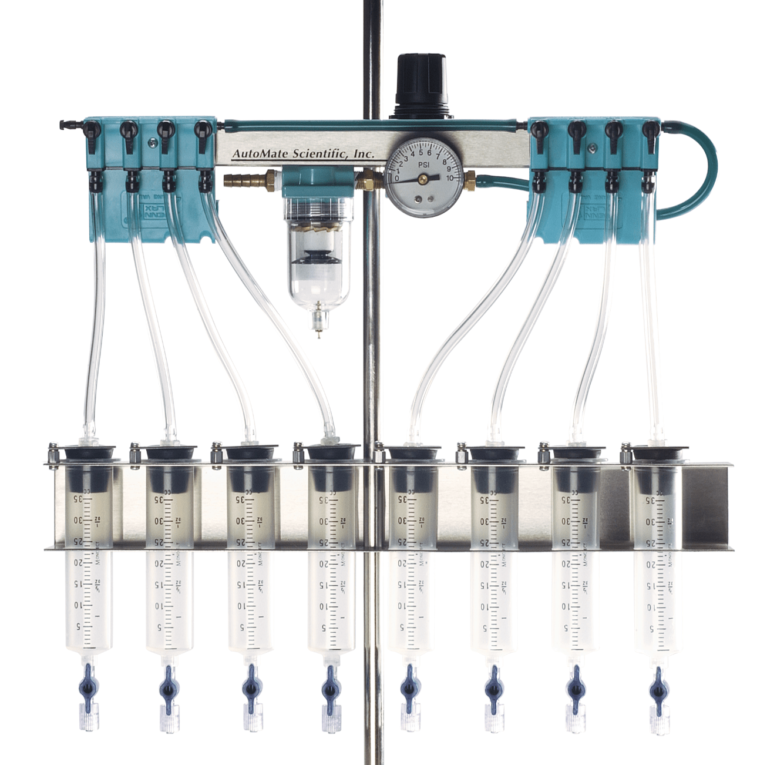Perfusion systems are medical devices that are used in various surgical procedures to pump blood and other physiological solutions through the circulatory system of the body or through an organ outside the body. They are commonly used in complex cardiac and vascular surgeries as well as organ transplantation. Perfusion provides life support for the organs during the surgery and allows surgeons to operate on a non-beating or static organ without interrupting its blood supply.
Types of Perfusion Systems
Cardiopulmonary bypass
One of the most common types of Perfusion Systems used is known as cardiopulmonary bypass (CPB). CPB machinery temporarily takes over the functions of the heart and lungs during cardiac surgery, maintaining the circulation of blood and oxygen supply of the tissues. It involves draining deoxygenated blood from the venous system, routing it through an oxygenator to provide gas exchange and returning the oxygenated blood to the arterial system.
Organ preservation systems
For organs being transplanted, specialized organ preservation systems are used to maintain organs in a viable state outside the body until transplantation. These systems pump preservation solutions like University of Wisconsin or Celsior solution through donor organs to protect them from cold and warm ischemia during retrieval, transportation and implantation phases. Liver, kidney and pancreas are commonly preserved using such systems.
Extracorporeal membrane oxygenation
Extracorporeal membrane oxygenation (ECMO) is a life support technique used for patients with heart and lung failure. The ECMO circuit removes blood from the body and pumps it through an artificial lung back into the bloodstream, allowing for gas exchange. It can temporarily replace the functions of heart and lungs and provide organ support while avoiding mechanical ventilation. ECMO is used for cardiac arrest, lung transplantation and severe respiratory failure.
Components of a Perfusion System
A standard perfusion setup consists of the following main components:
Pump
The heart-lung machine pump generates pulsatile or non-pulsatile blood flow by a roller, centrifugal or pulsatile pump. Its flow rate can be precisely controlled to mimic physiological cardiac output.
Oxygenator
The oxygenator incorporates gas exchange membranes across which diffusion of oxygen and carbon dioxide occurs. Common types are bubble, hollow fiber and flat plate oxygenators.
Heat Exchanger
The heat exchanger warms or cools the blood to maintain normal body temperature. It transfers heat between the blood and a cooling/heating substance.
Reservoirs
Venous and arterial reservoirs collect and hold blood before it returns to the patient or goes back to the pump. They regulate venous return and arterial pressure.
Monitors and controls
Sophisticated monitors display various parameters like flow, pressure, oxygen levels etc. Control units help fine-tune pump functions and gas flows based on monitored parameters.
Advantages of Perfusion Systems
Some key advantages that perfusion offers are:
– Allows surgeons access to a bloodless and motionless surgical field which is crucial for complex surgeries
– Maintains oxygenated blood supply to vital organs during periods of circulatory arrest
– Enables procedures on organs outside the body via preservation perfusion
– Provides life support to failing organs and bridges patients to recovery or transplantation
– Allows time to carefully correct complex defects under direct vision without rushing
– Minimizes complications due to blood loss, electrolyte disturbances and organ damage from ischemia
– Improves surgical outcomes through better visualization and meticulous repair in a bloodless field
– Supports challenging cases involving multiple organ transplantation or repairs
Advances in Perfusion Technology
Perfusion systems have come a long way since the first heart-lung machine. Continuous technological innovations aim to better mimic the human physiology:
– Advances in pump design provide pulsatile blood flow and adjustable pulse pressure profiles
– Miniaturized portable ECMO systems enable patient transport and early mobilization
– Integrated heart-lung support through veno-arterial ECMO decreases complications
– Automation and use of algorithms help regulate flows based on parameters
– Modified perfusion solutions optimize organ preservation at hypothermic/normothermic states
– Novel surface modification of circuits minimize blood-material interactions and clotting
– Introduction of compartmentalized organ perfusion aids localized therapy delivery
– Monitoring of biomarkers aid real-time perfusion management and reduce end-organ injury
These ongoing developments promise to expand the roles of perfusion therapy and improve patient outcomes.
In summary, perfusion systems have revolutionized the field of cardiac and transplantation surgery by enabling complex repairs with bloodless surgical fields and organ preservation. Continuous innovations aim to make perfusion more physiological and minimize complications. As technologies advance further, perfusion therapies hold promise for wider applications in areas like lung assistance, localized cancer treatments and artificial organ support.
*Note:
1. Source: Coherent Market Insights, Public sources, Desk research
2. We have leveraged AI tools to mine information and compile it

